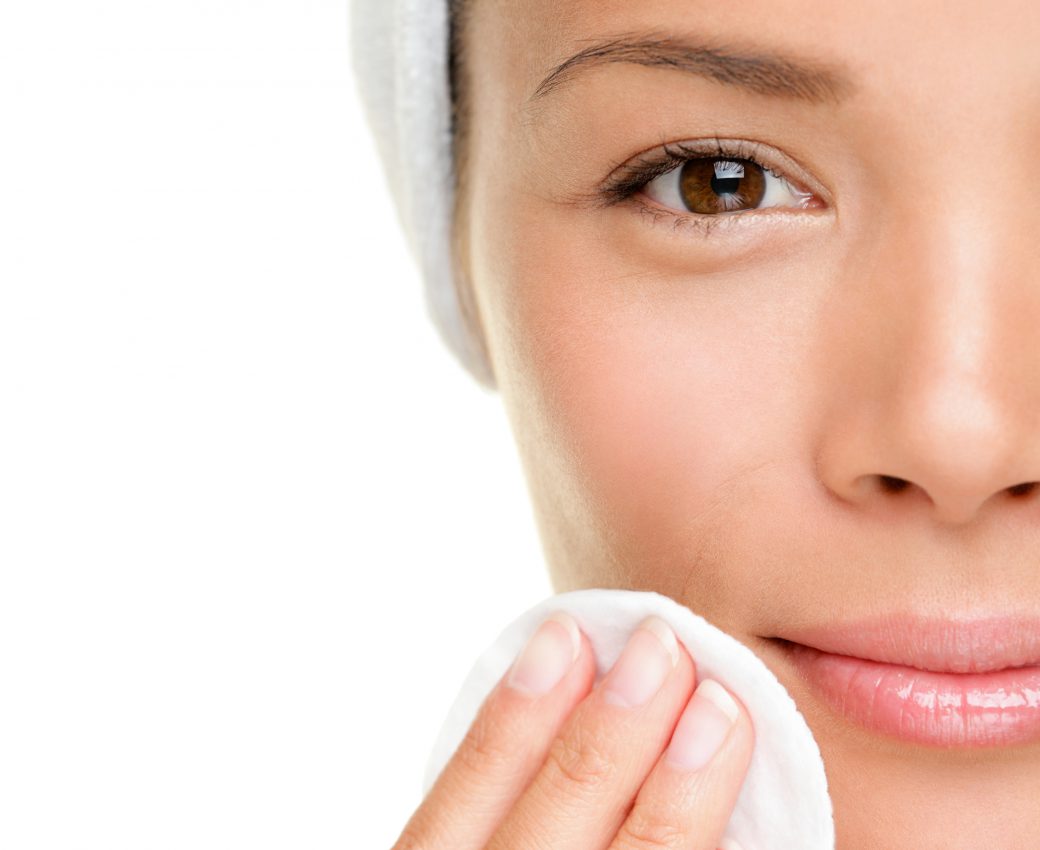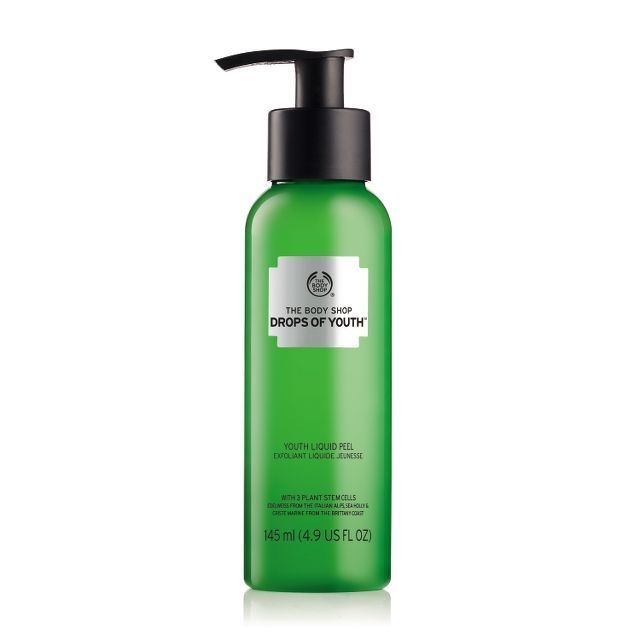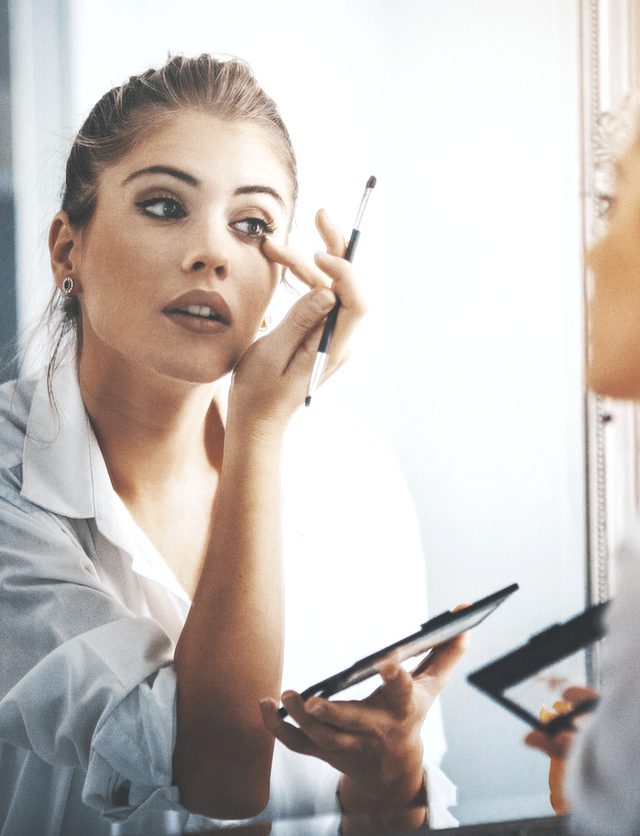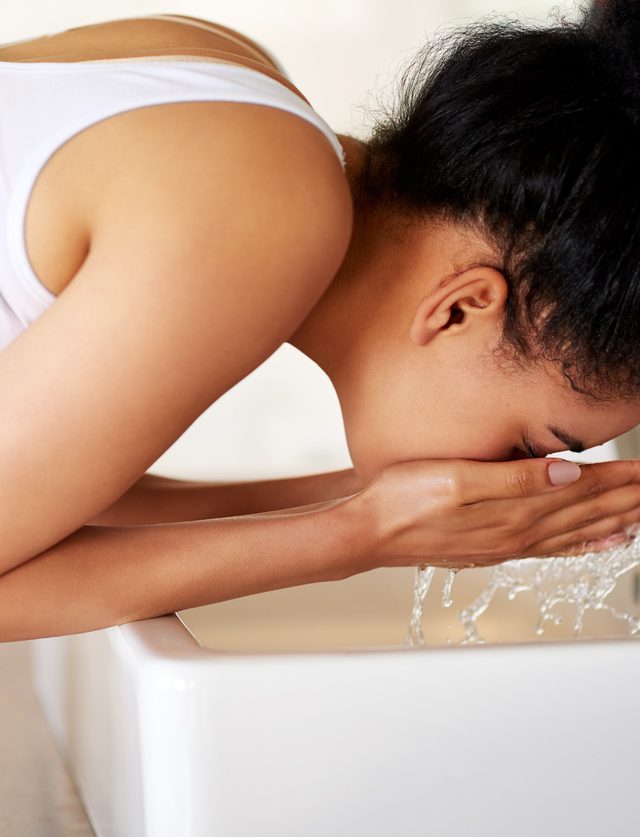When you combine the word peel with the word face, people tend to get uncomfortable. Visions of red faces and peeling skin often come to mind. But, designating a product as a peel often comes down to a couple key ingredients—namely alpha-hydroxy acids—helping to exfoliate the skin through cell turnover. And don't be afraid of that word acid either. Alpha hydroxy acids (AHAs) are naturally occurring in fruit and help to slough away dead skin—revealing newer skin at the surface. To learn a little more we spoke to Mara Vezeau, the integrated communications and medical relations specialist at Vichy. Luckily for us, the brand is also releasing an at-home peel, so you can get to brighter skin almost immediately.
But first, what does a peel do again?
"Face peels remove the top layers of skin to exfoliate and expediate cell turnover," says Vezeau. "When new cells are formed, this created a new layer of skin." What are the bonuses? An improvement in skin texture, a more even skin tone, softening of lines and wrinkles and even diminished acne.
Can everyone try a peel?
The short answer—yes. Most products you buy at the drugstore aren't equipped with a high enough percentage of active ingredients to do any harm. But if you have sensitive skin or dry skin (or if you suffer from a condition like eczema), you're going to want to take it slow or (better yet) chat to a dermatologist. When introducing a peel into your regime, start slow, and build up to more frequent usage once you figure out whether your skin can tolerate the product.
Is this the same as an in-office treatment?
Same idea, but much different formulas. "The main difference is in the concentrations of each," says Vezeau. "Since in-office peels are performed in a controlled setting under the guidance of a stricter efficacy test protocol." This means that in an office you're likely getting much stronger concentrations of the active ingredients.
So tell me, what's new?












